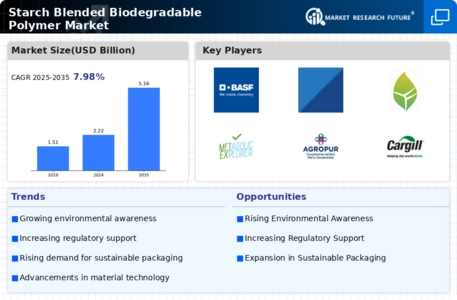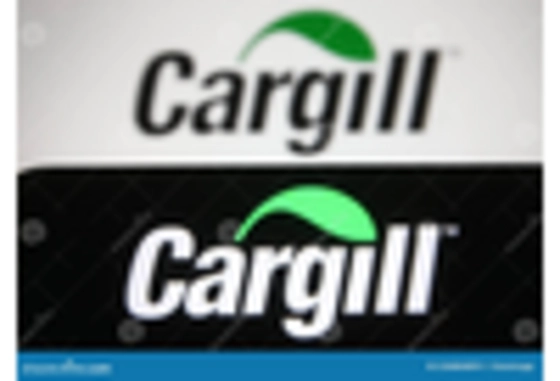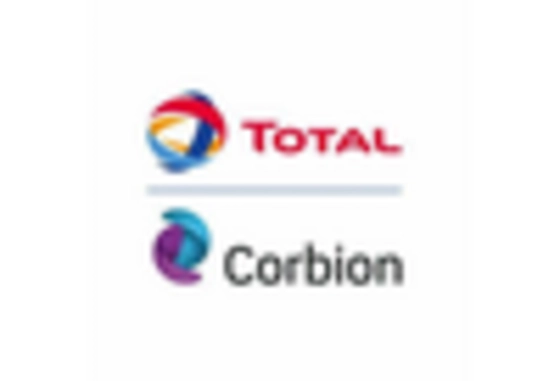Increasing Environmental Awareness
The Starch Blended Biodegradable Polymer Market is experiencing a surge in demand driven by heightened environmental awareness among consumers and businesses alike. As individuals become more cognizant of the detrimental effects of plastic pollution, there is a marked shift towards sustainable alternatives. This trend is reflected in the growing preference for biodegradable materials, which are perceived as less harmful to ecosystems. In recent years, surveys indicate that a significant percentage of consumers are willing to pay a premium for eco-friendly products. Consequently, manufacturers are increasingly investing in the development of starch blended biodegradable polymers, which offer a viable solution to reduce plastic waste. This growing consciousness around environmental sustainability is likely to propel the market forward, as stakeholders seek to align their practices with consumer values.
Government Initiatives and Regulations
The Starch Blended Biodegradable Polymer Market is significantly influenced by government initiatives aimed at reducing plastic waste. Various countries have implemented regulations that encourage the use of biodegradable materials, thereby fostering a conducive environment for market growth. For instance, bans on single-use plastics and incentives for companies adopting sustainable practices are becoming more prevalent. These regulatory frameworks not only promote the adoption of biodegradable polymers but also create a competitive landscape where companies are motivated to innovate. As a result, the market for starch blended biodegradable polymers is likely to expand, with projections indicating a compound annual growth rate that reflects the increasing regulatory support. This trend underscores the importance of aligning business strategies with governmental policies to capitalize on emerging opportunities.
Technological Innovations in Polymer Science
The Starch Blended Biodegradable Polymer Market is witnessing transformative changes due to technological innovations in polymer science. Advances in material processing and formulation techniques have led to the development of more efficient and effective biodegradable polymers. These innovations enhance the performance characteristics of starch blended polymers, making them suitable for a wider range of applications, from packaging to agricultural films. Recent studies suggest that the incorporation of novel additives can significantly improve the mechanical properties and biodegradability of these materials. As a result, manufacturers are increasingly adopting these technologies to meet the growing demand for high-performance biodegradable options. This trend not only supports the expansion of the market but also positions starch blended biodegradable polymers as a competitive alternative to traditional plastics.
Rising Consumer Demand for Eco-Friendly Products
The Starch Blended Biodegradable Polymer Market is propelled by a notable increase in consumer demand for eco-friendly products. As sustainability becomes a key purchasing criterion, consumers are actively seeking alternatives to conventional plastics. This shift in consumer behavior is evident in various sectors, including food packaging, where biodegradable options are gaining traction. Market data indicates that sales of biodegradable products have seen a substantial rise, reflecting a broader trend towards sustainability. Companies are responding to this demand by expanding their product lines to include starch blended biodegradable polymers, which are perceived as a responsible choice. This growing consumer preference is likely to drive further innovation and investment in the market, as businesses strive to meet the evolving expectations of environmentally conscious consumers.
Collaboration and Partnerships in Research and Development
The Starch Blended Biodegradable Polymer Market is benefiting from increased collaboration and partnerships in research and development. Academic institutions, research organizations, and industry players are joining forces to explore new formulations and applications for biodegradable polymers. These collaborations are essential for advancing the science behind starch blended polymers, leading to improved properties and functionalities. Recent initiatives have focused on developing cost-effective production methods and enhancing the biodegradability of these materials. Such partnerships not only accelerate innovation but also facilitate knowledge transfer between sectors, ultimately contributing to the growth of the market. As stakeholders recognize the value of collaborative efforts, the Starch Blended Biodegradable Polymer Market is poised for continued expansion, driven by shared expertise and resources.

















Leave a Comment